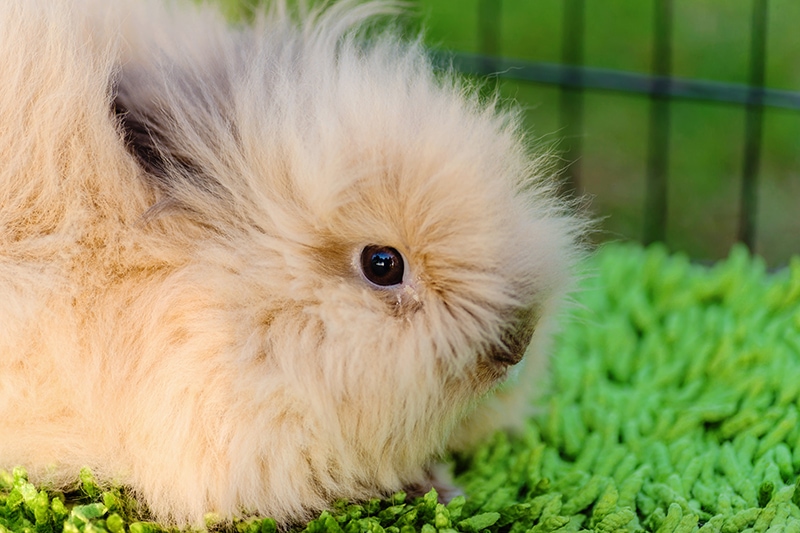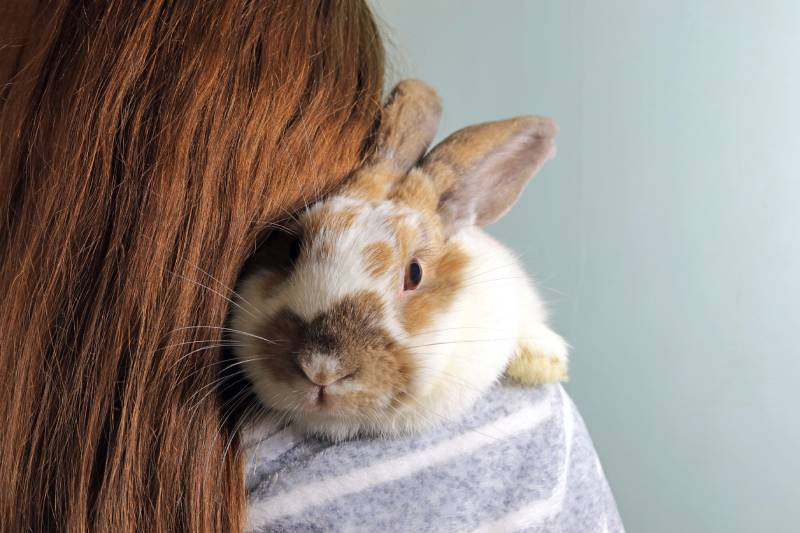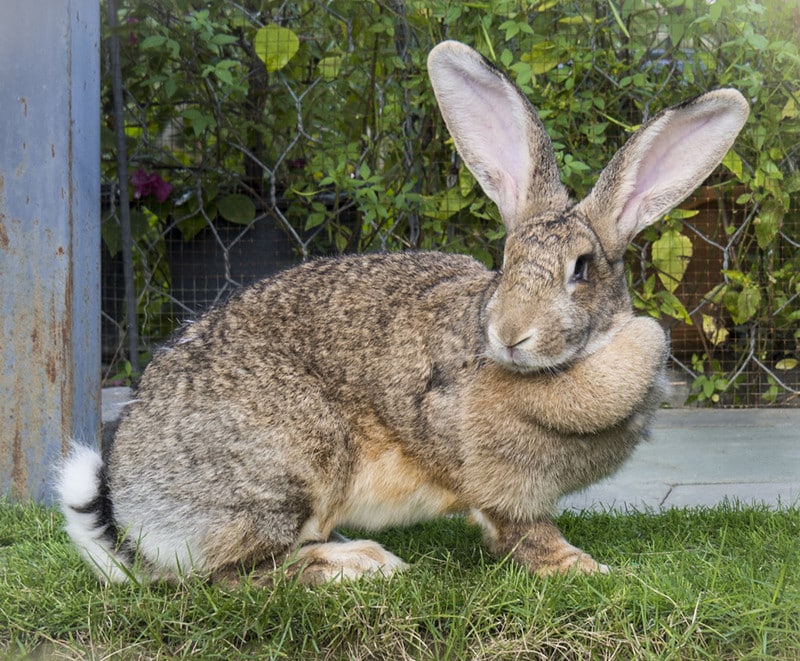5 Angora Rabbit Breeds (With Pictures)
By Kit Copson
Updated on
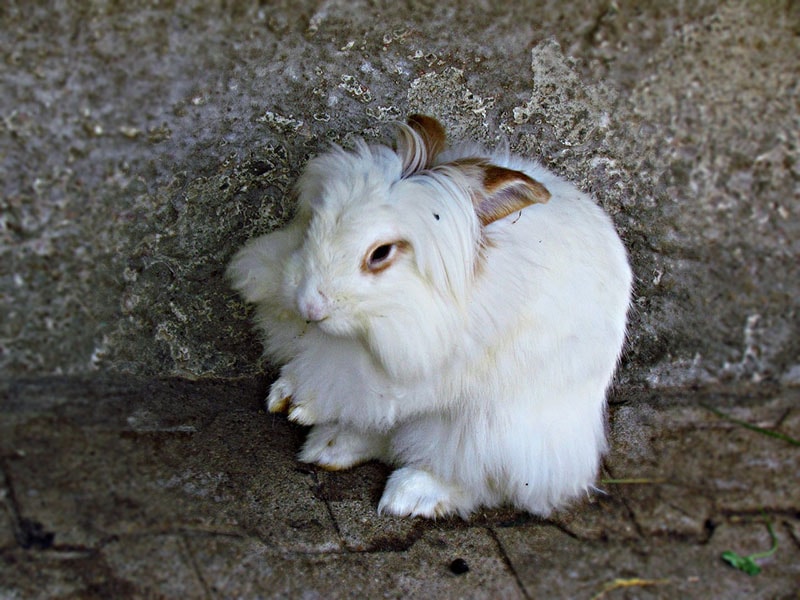
Angora rabbits are famous for their wool production, a fact that has raised a lot of controversy due to welfare issues in the industry. Fortunately, some people keep them as much-loved family companions and raise them on farms and homesteads, where their long, soft coats (and the rabbits themselves, of course) are very well cared for.
Some owners collect their Angora rabbit’s wool when they shed naturally or when it’s time for them to be shorn. The wool is then sometimes hand-spun and used in crafts.
All that said, Angora rabbits’ coats aren’t easy to care for as they need to be groomed at least once weekly in a session that typically lasts around an hour. So, if you’re planning on getting one, be ready to commit to some serious maintenance. In the meantime, here are five beautiful Angora rabbit breeds to choose from.
The 5 Angora Rabbit Breeds
1. Giant Angora
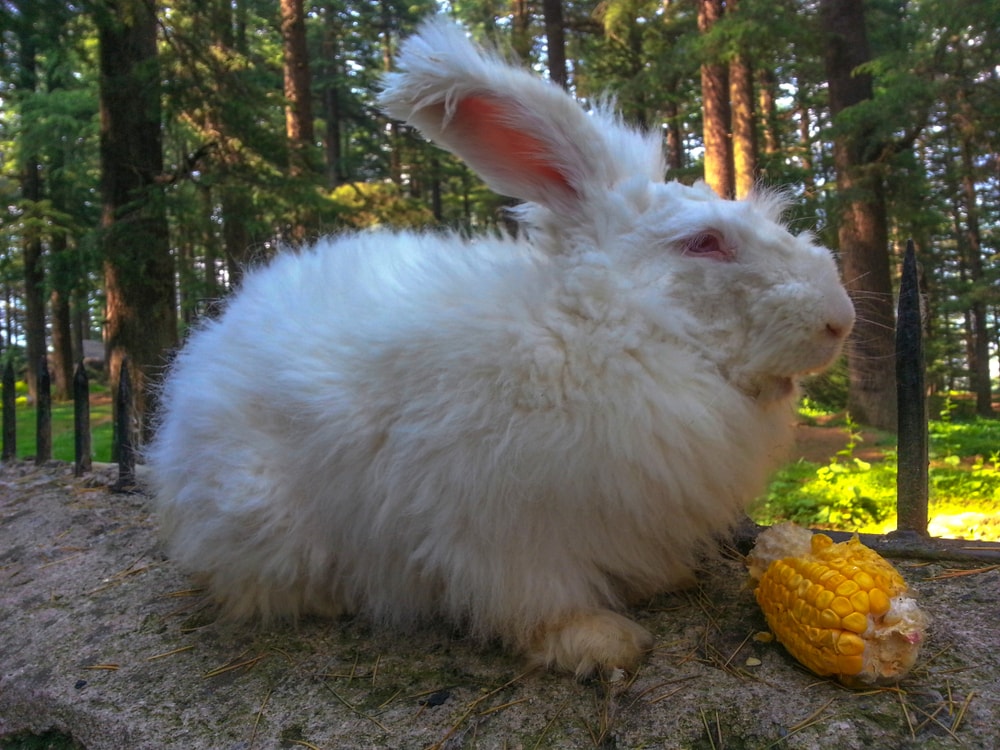
The Giant Angora is one of the four Angora breeds that is American Rabbit Breeder Association (ARBA)-recognized. This rabbit is pretty huge and typically weighs between 9.5 and 10 pounds. They also produce a large amount of fiber. The soft, dense, white coat contains three types of fiber, which are underwool, awn fluff, and awn hair, and there are tufts on the forehead and furnishings on the cheeks. The Giant Angora also has tasseled ears and ruby-colored eyes.
If you’re thinking of bringing a Giant Angora home, these rabbits are generally known for being gentle, quiet, and docile, but this is, of course, much more likely if they’re treated gently themselves and are handled frequently.
They need a lot of coat care, though, especially since they don’t shed naturally, so they’ll need to be shorn by hand. Giant Angoras, like other Angora breeds, should be handled carefully and confidently, which may be a bit tricky for first-time owners.
2. German Angora
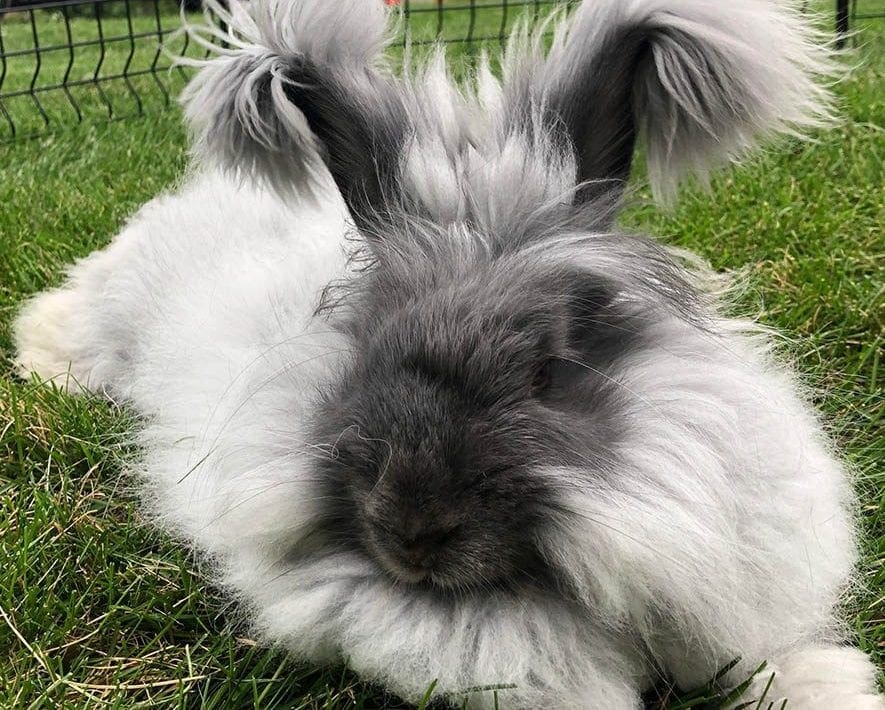
Unlike the Giant Angora, the German Angora isn’t ARBA recognized, but another breeder organization, the International Association of German Angora Rabbit Breeders (IAGARB), does recognize the breed. German Angoras are easy to mistake for Giant Angoras because the two breeds look so similar, but Giant Angoras are bigger.
The IAGARB breed standard describes the German Angora as a rabbit of “medium length” with a “cylindrical” body. Like the Giant Angora, the German Angora has an undercoat, awn fluff, and awn hairs. Furnishings are on the forehead, ears, cheeks, and front and hind feet. The German Angora’s wool is described as “silky” rather than “cottony”.
Moreover, German Angora comes in a wide variety of IAGARB-accepted colors, including albino, black, brown agouti, yellow, tortoiseshell, dilute black, and so on. By contrast, only ruby-eyed white is accepted for Giant Angoras. As family companions, German Angoras are typically sweet and sociable, but they don’t molt, so will need to be sheared every 90 days.
3. English Angora
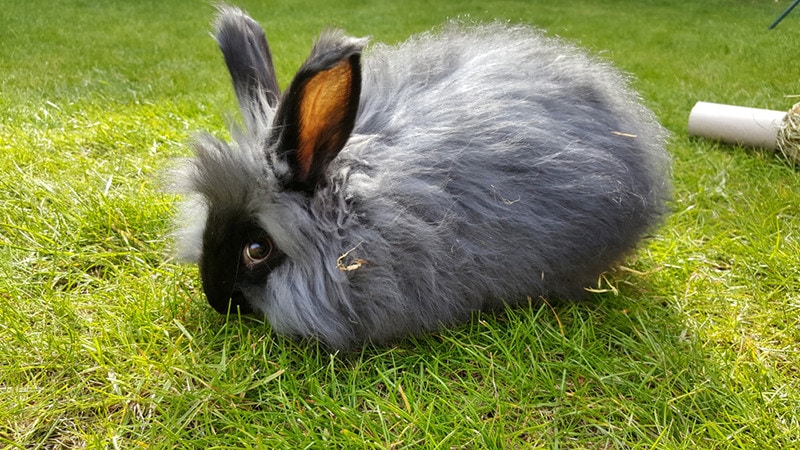
The English Angora is smaller than the other Angora breeds, weighing between 4.5 and 7.5 pounds, and is one of the more popular family pet varieties. Distinguished by their round-looking bodies and extreme facial furnishings, English Angoras sometimes look as though they don’t have eyes because they’re buried in all that excess fur!
As for the ears, they’re V-shaped and shorter than those of German and Giant Angoras. The coat is silky and comes in a variety of colors, including smoke, chocolate, blue, golden, lilac, cream, and agouti to name but a few.
English Angoras, unlike Giant and German Angoras, do shed their coats, but they’ll need daily brushing to keep the coat free of mats, especially on the legs, feet, and face. Occasional clipping is also necessary. Though they’re popular pets, they’re one of the hardest Angora breeds to care for, so consider carefully whether or not this is the kind of rabbit for you.
4. French Angora

Larger than the English Angora, the French Angora is distinguished by a lack of facial furnishings. This is different from other Angora breeds, especially the English Angora, which has profuse facial furnishings. The French Angora doesn’t have furnishings on the head, front feet, or ears, either, but the ears can be tufted on the tips.
The French Angora has an undercoat underneath a mass of resilient guard hairs, and the coat makes this breed one of the most popular fiber producers due to the light, silky texture of the wool. The coat comes in a variety of colors.
As pets, French Angora rabbits are typically docile and easygoing, especially when gentle and frequently handled but, like the English Angora, these rabbits shed and will need to be brushed daily. They’ll also need to be clipped a few times per year.
5. Satin Angora
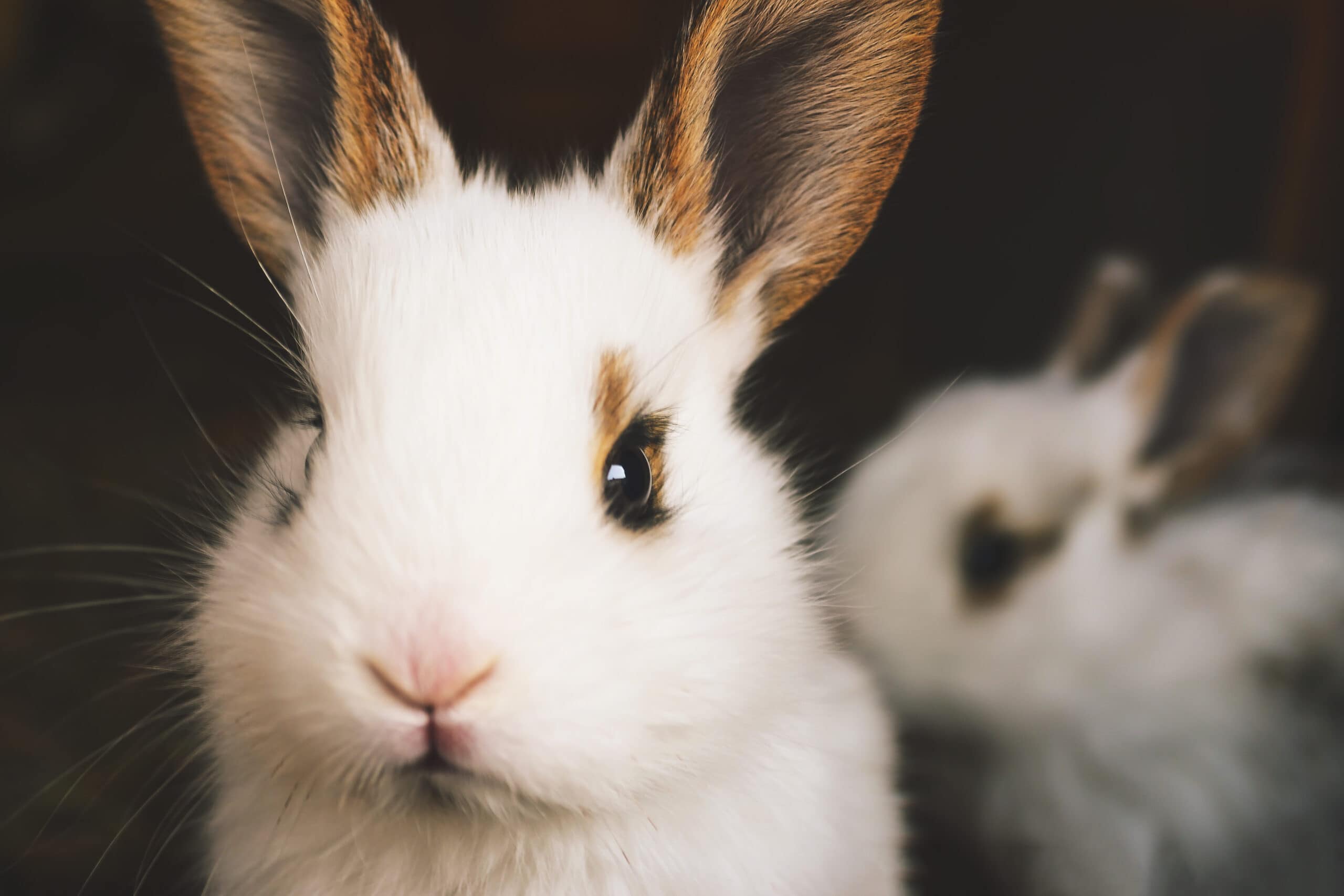
The medium-sized Satin Angora is a little different from other Angora rabbits. Specifically, their wool has a noticeable sheen, something other Angora breeds lack, which helps to really emphasize the coat color. The Satin Angora’s wool is also described by National Angora Rabbit Breeders (NARBC) as being finer than that of other Angoras.
Like the French Angora, the Satin Angora doesn’t have face furnishings. The feet and ears are also furnishing-free, but the tips of the ears are sometimes tufted.
In terms of personality, Satin Angoras are similar to other Angoras in that they’re usually sweet-natured and friendly. However, their grooming needs are also pretty much the same as other Angoras in that they should be brushed or combed daily.
Are Angora Rabbits Good First Pets?
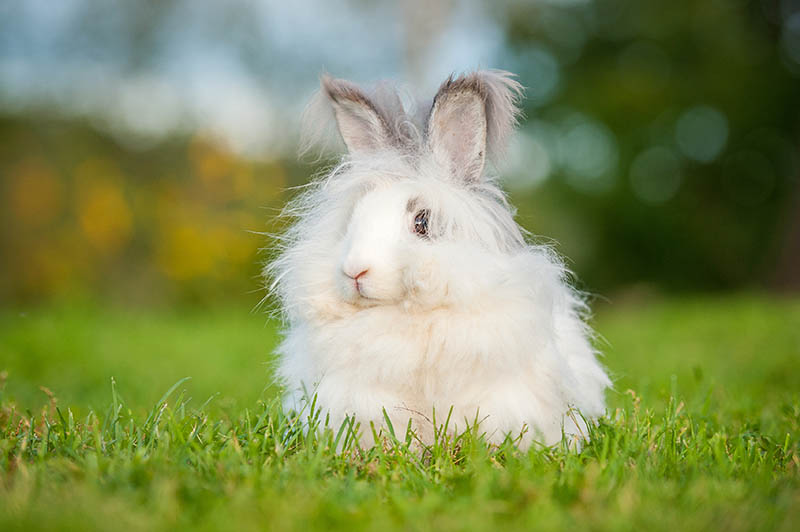
Despite popular belief that rabbits are good beginner pets, they do have a very specific set of care requirements—especially Angora rabbits—that can be challenging for first-time owners. Not only do Angora rabbits have very specific grooming requirements in order to stay healthy and comfortable, but they’re also quite sensitive and fragile animals.
While all animals should be handled gently, with rabbits, extra care should always be taken because they have strong back legs that can damage their fragile backs if they kick out from stress when being handled. Dropping a rabbit can also cause severe injury.
For this reason, they may not be the best pets for very young children. Adults and sensible older children who know how to support the hind legs and back are better candidates for rabbit parenting.
 Conclusion
Conclusion
Well-socialized Angora rabbits make sweet and friendly family companions and are especially popular with rabbit lovers who also like to collect their wool and use it in craftwork or for making clothes.
If you’re thinking of raising Angora rabbits, just take note that you’ll need to be especially gentle with them and will need to keep up with a strict grooming regime to prevent matting. This also prevents them from ingesting too much wool, which could then end up as a blockage in the intestinal tract.
- Related read: How Much Do Angora Rabbits Cost?
Featured Image Credit: Katarzyna, Pixabay

